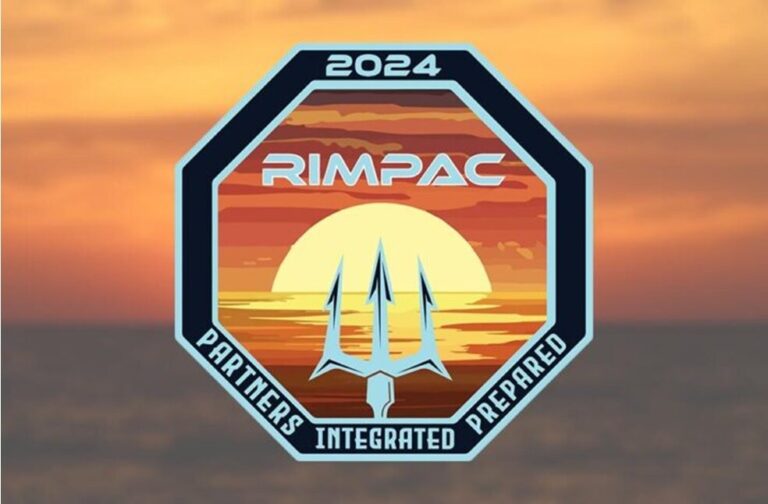United States: Amid escalating tensions between China and the US and its allies, the US Pacific Fleet is currently hosting the 29th Rim of the Pacific (RIMPAC), the largest international maritime exercise, in Hawaii.
RIMPAC this year brings together the military forces from 29 countries for five weeks of training aimed at strengthening multilateral relations and readiness in the Indo-Pacific region. The training will continue until August.
Established by Australia, Canada, and the US in 1971, this year’s drills feature participants from South Korea, Japan, India, Southeast Asia, South Asia, Latin America, and Europe.
The exercise centers around combat and contingency training on land, in the air, and at sea, with 150 aircraft, 40 surface ships, three submarines, and more than 25,000 personnel conducting amphibious landings, urban combat training, anti-submarine warfare, ship sinking exercises, as well as cyber and space operations.
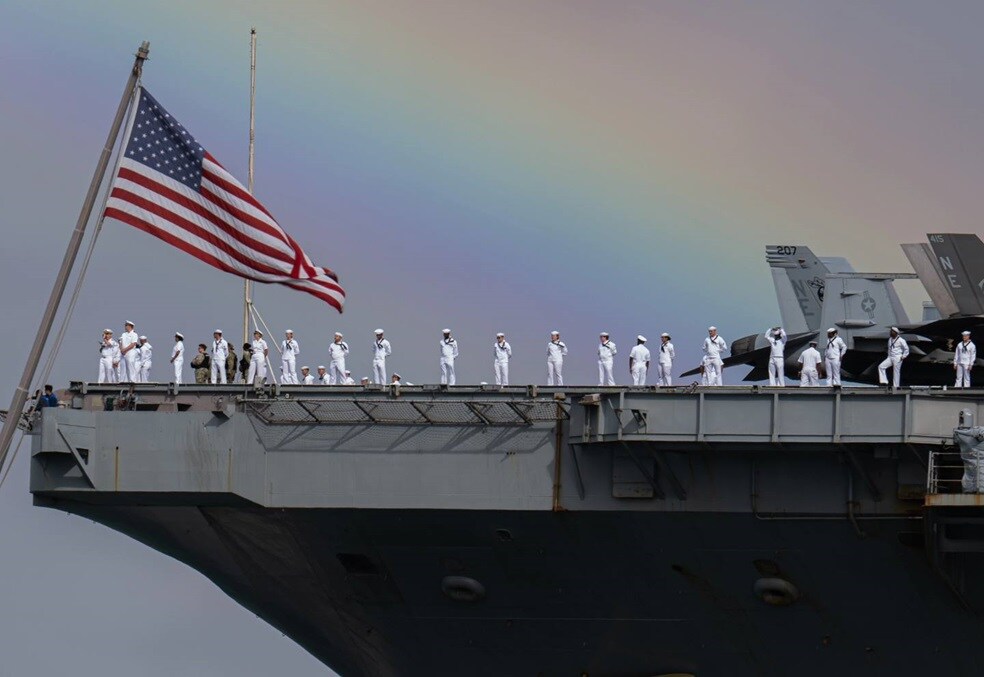
RIMPAC 2024 is gearing up with a focus on a robust and complex tactical phase, comprehensive humanitarian efforts, and integrated multi-domain warfare.
Against rising regional tensions, the US has strengthened partnerships and military capabilities in the Asia Pacific. At the same time, China has intensified exercises near Taiwan and in the South China Sea.
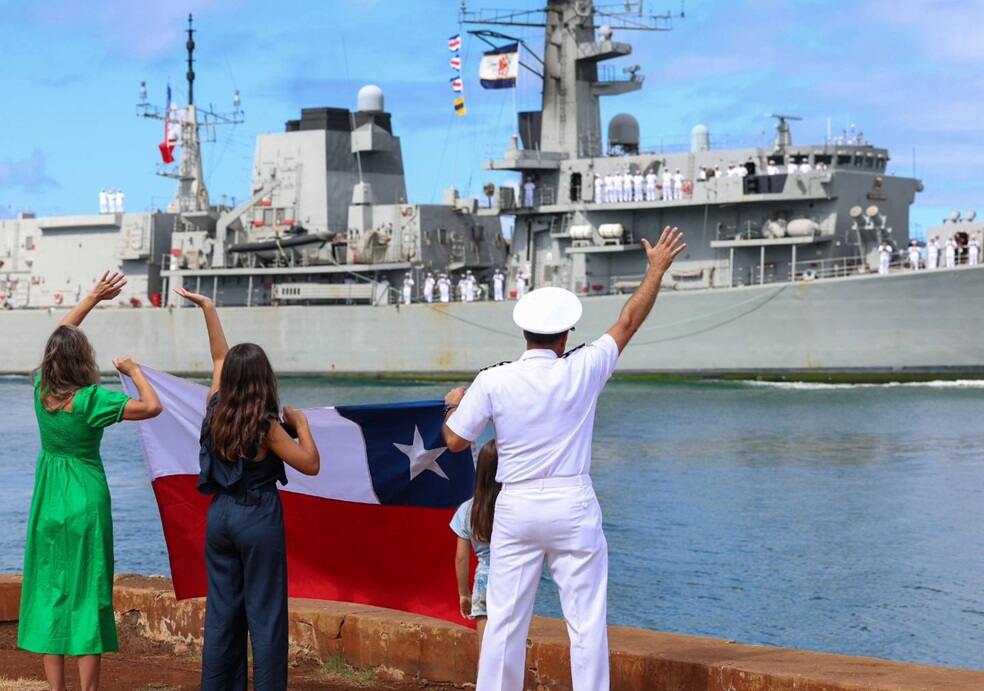
Russia has also increased its presence, with recent high-profile visits and defence agreements. Amid these developments, the US and its allies have conducted strategic drills and deployments, underscoring competition for military dominance in the Indo-Pacific region.
NATO Secretary-General Jens Stoltenberg stressed the need for security in the Asia Pacific stating that, “What happens in Europe matters for Asia and what happens in Asia matters for us.”
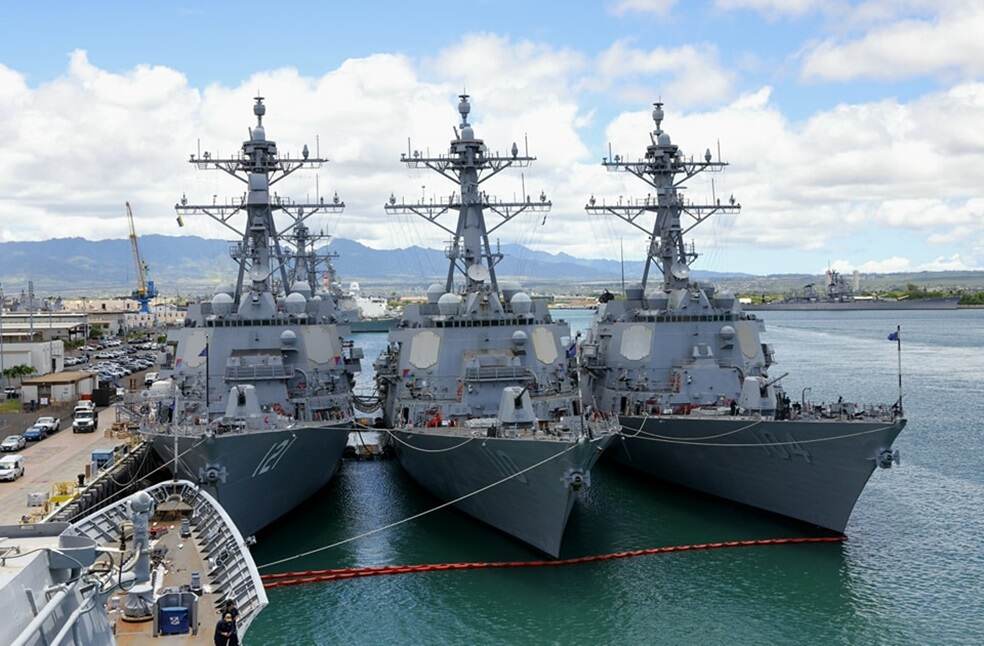
This year’s RIMPAC will also feature its largest-ever humanitarian aid and disaster relief training. Expeditionary forces and 2,500 participants from eight countries will collaborate with United Nations personnel and nonprofit organizations.
Training will include state-wide mass casualty drills and strengthen crisis response capabilities for foreign disasters, as well as an urban rescue exercise simulating real-world humanitarian crises.
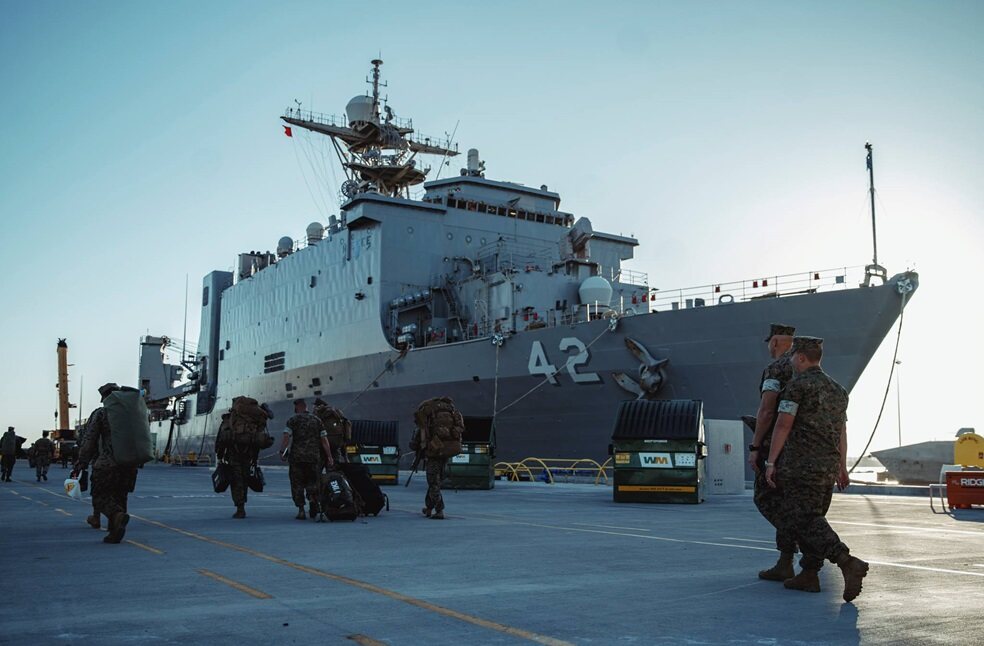
While RIMPAC organizers highlight its role in fostering cooperation among nations, the exercise faces criticism from environmental activists, Indigenous groups, and others across the region calling for its cancellation.


